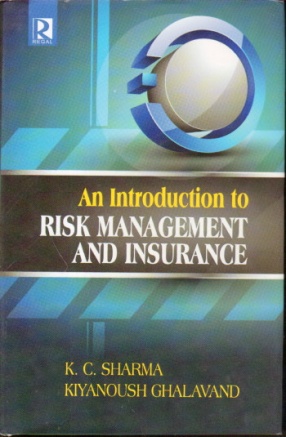An Introduction to Risk Management and Insurance
There is risk involved in all human activities. Therefore, man has been thinking of at least adopting methods of overcoming the aftermath of those risks. By risk we mean uncertainty. Relating to human life, death is certain but its timing is not certain. Similarly, some natural calamities do visit but their timing and, sometimes extent of misery can not be assessed in advance, no pre-emptive steps can be put in place except to formulate strategies to get prepared to avoid the worst or reduce damage. This book provides awareness of various business and life risks and codifies the means to avoid or reduce the risk of any kind possible. Insurance is the only dependable method as of now it is in various forms. The techniques are to raise pool of resources by all related to the activity or exposed to that risk and thereby help those fewer of the total number affected by the risk against which the fund was created as continuing contribution. The special features of this book are, firstly, bringing at one place insurance, risk and disaster managements, secondly, the authors have kept the teachers, students and the average readers in mind and, therefore the language has deliberately been kept easily understandable, thirdly, the authors have their own style of presenting which has made the book useful for all who are interested in its reading. Besides a chapter on Diasaster Management has been devoted to this topic.
Contents: Preface. 1. Risk management principles. 2. Insurance: a tool for managing risk. 3. Role of insurance in risk management. 4. Risk coverage by insurance. 5. Criticality of solvency of insurer (Public concern). 6. Evolution of risk management. 7. Evolution of risk management in insurance. 8. Hedging foreign exchange risks. 9. Development of risk management concept. 10. Evolution of underwriting and rating. 11. Evolution of bancassurance. 12. Types of risks for insurance coverage. 13. Evolution of enterprise risk management. 14. Impact of risk on organization. 15. Risk management policy in organisations. 16. Risk management standards and practices. 17. Risk management documentation and practices. 18. Risk management responsibilities in organisations. 19. Risk architecture and structure. 20. Risk aware culture practices. 21. Future of risk coverage by insurance. 22. Practices followed for claim settlement. 23. Insurance coverage of calamities and disaster. Index.
Get it now and save 10%
BECOME A MEMBER











Bibliographic information
K.C. Sharma